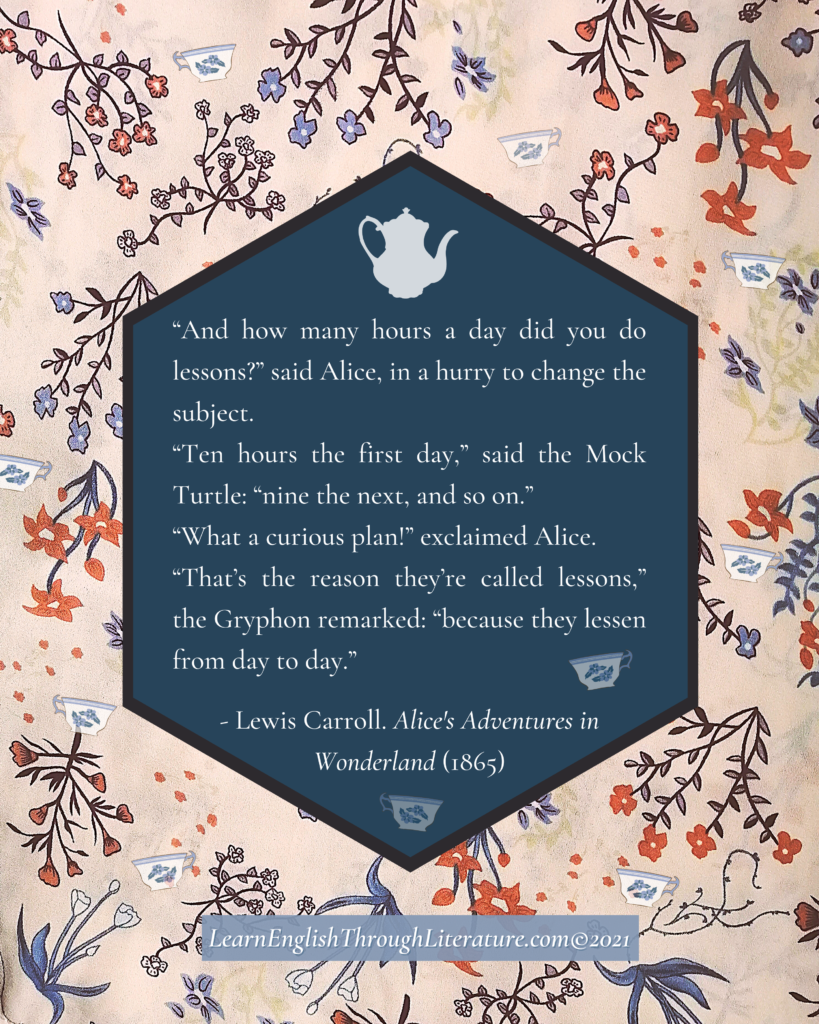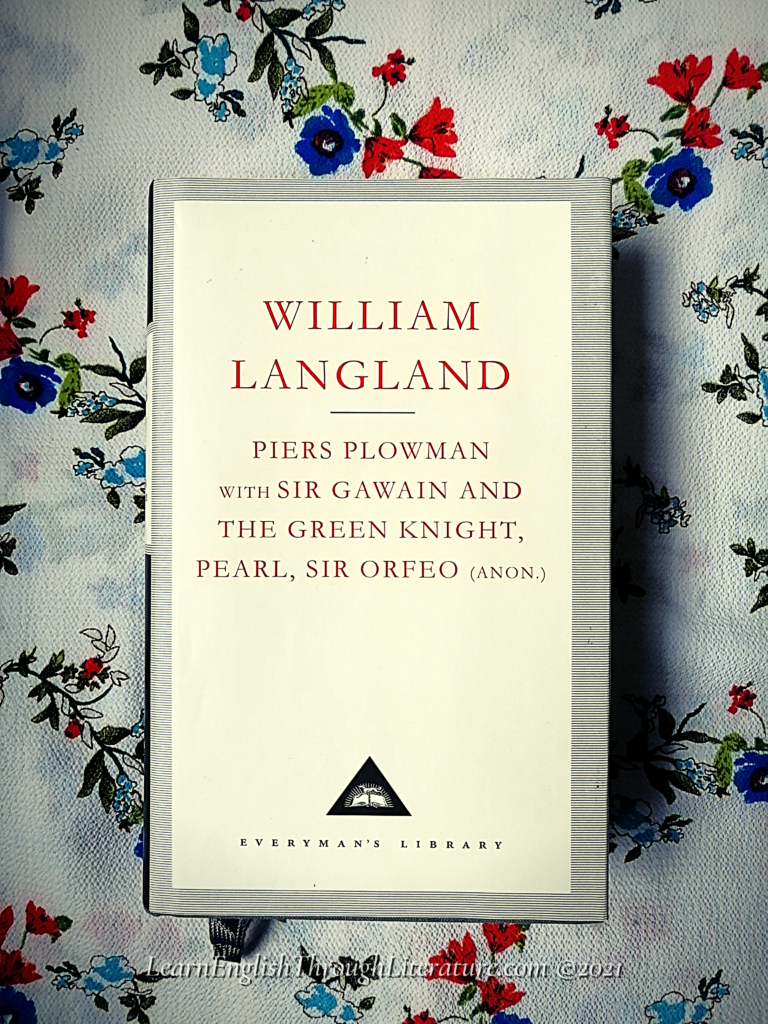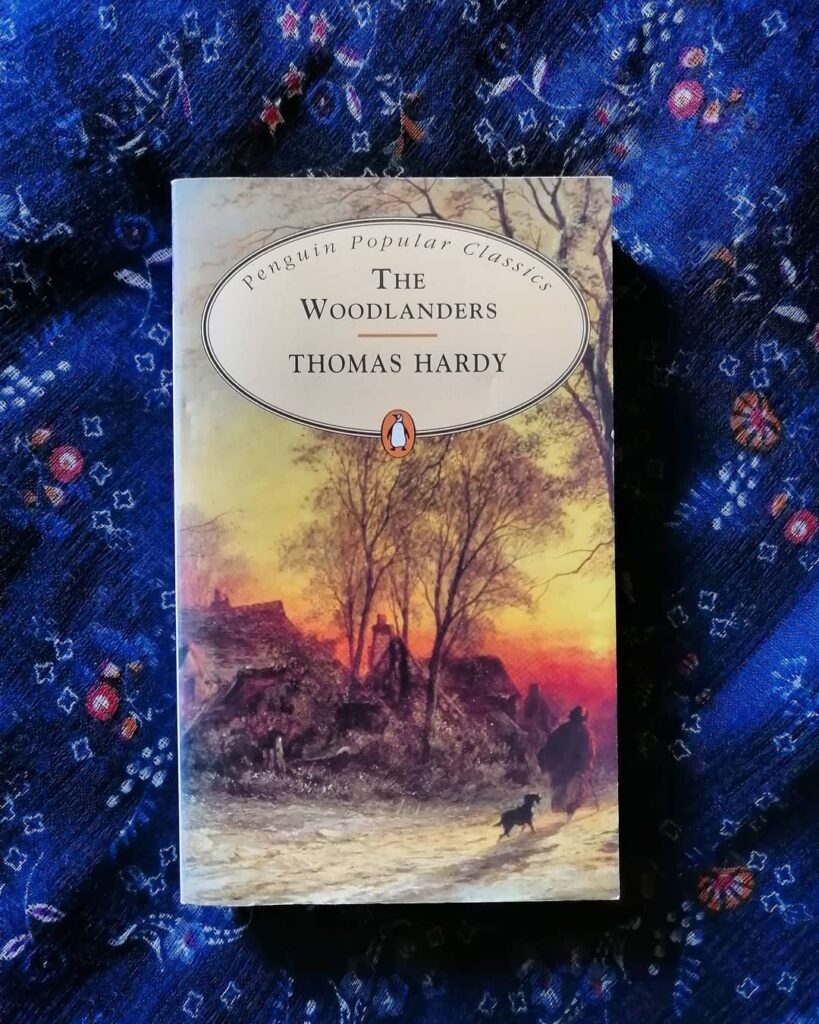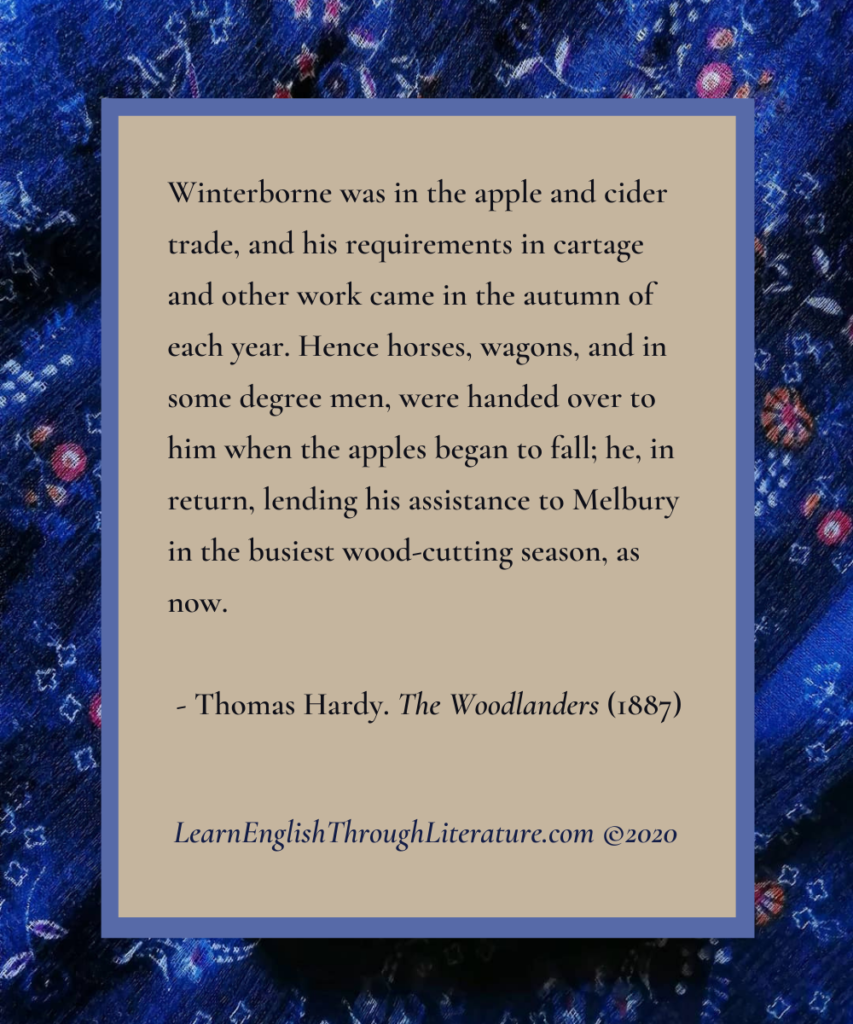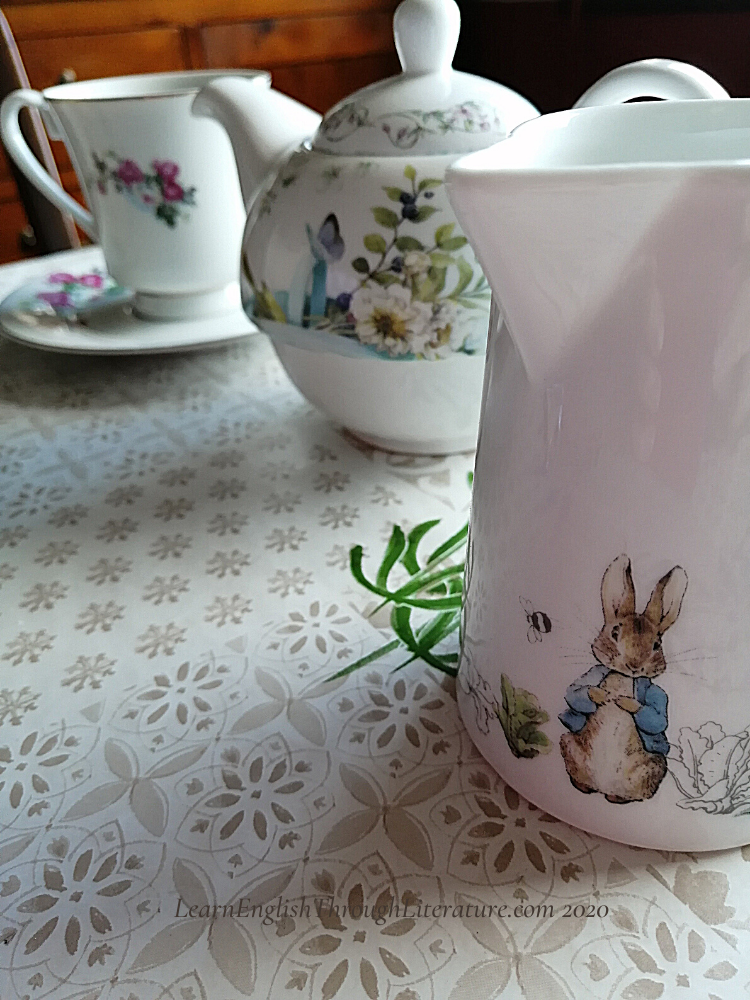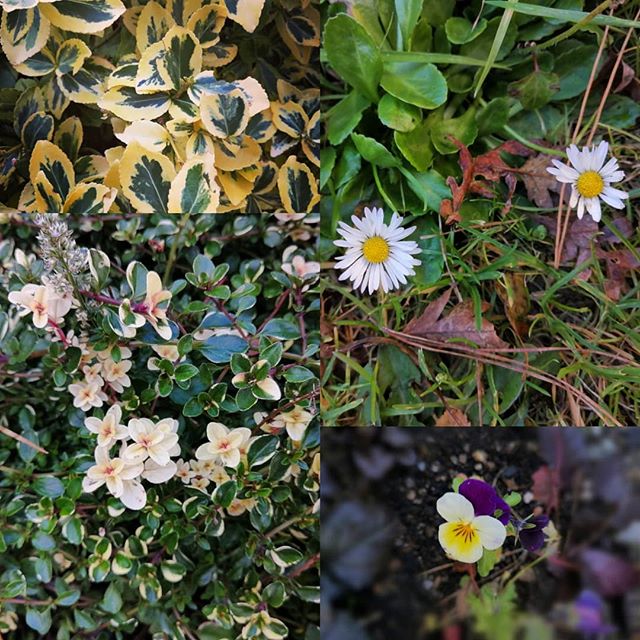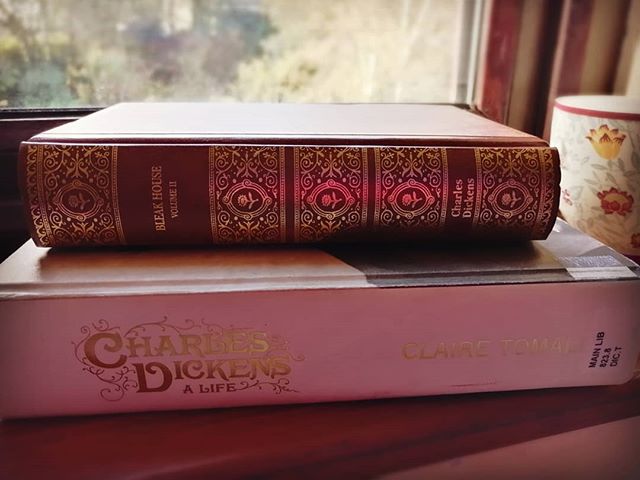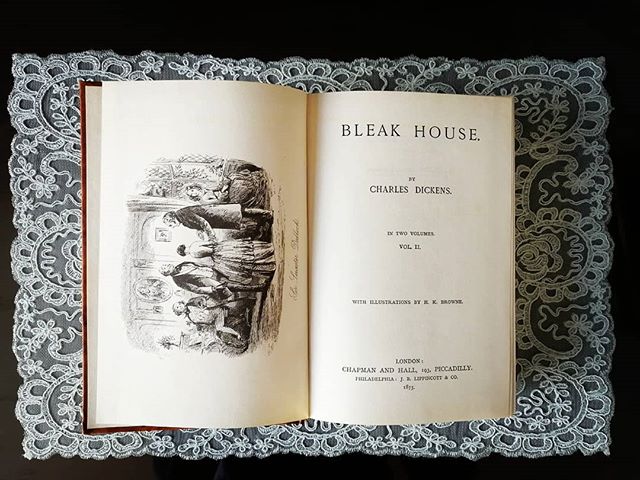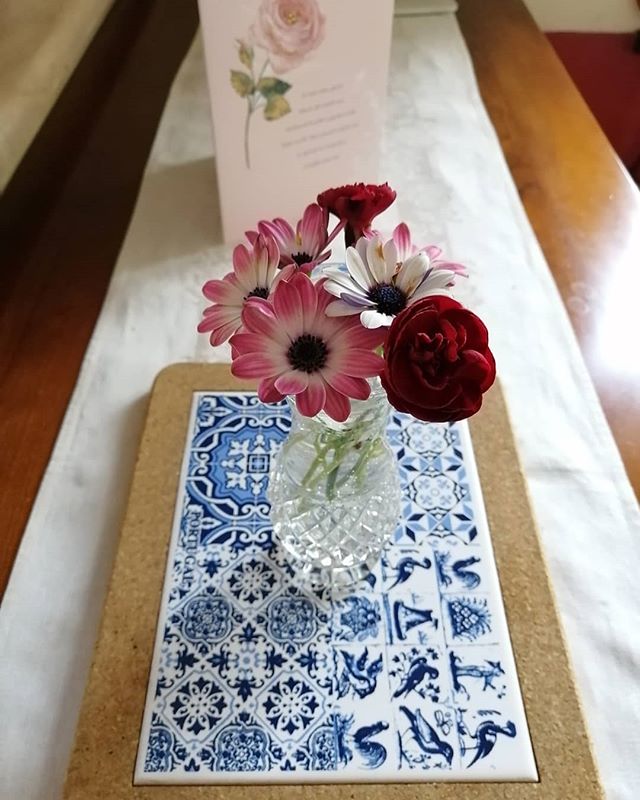Lesson #197: Alice’s Adventures With Homographs and Homophones (Words That Are Spelled Or Sound The Same)
📗 “Take care of the sense, and the sounds will take care of themselves.” – Lewis Carroll, Alice’s Adventures in Wonderland (1865) One of the most famous children’s books in the word is certainly Lewis Carroll’s Alice’s Adventures in Wonderland (1865), which has been translated into at least 174 since it was first published over […]

